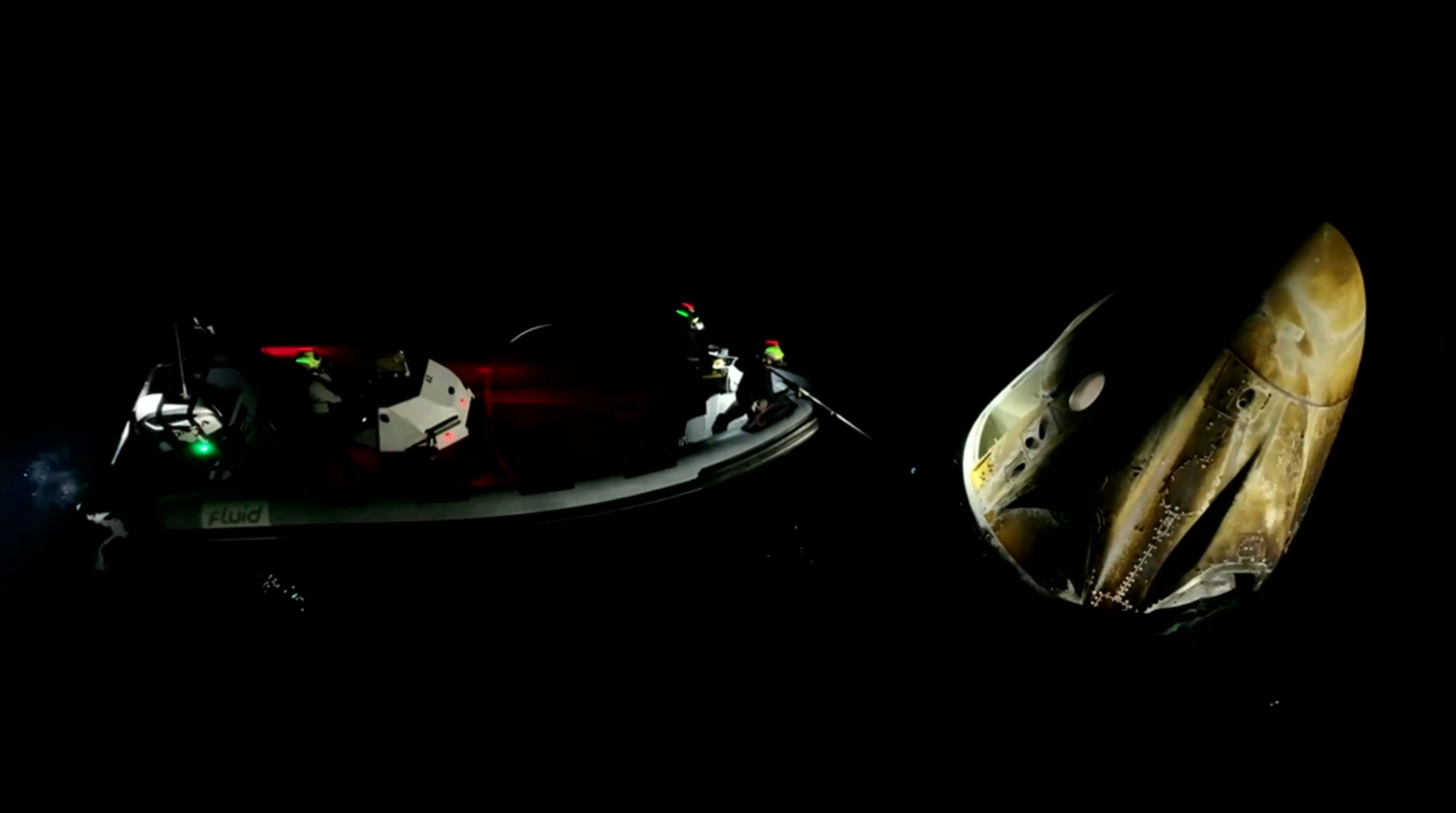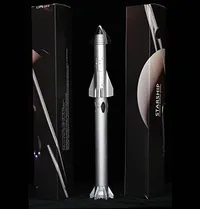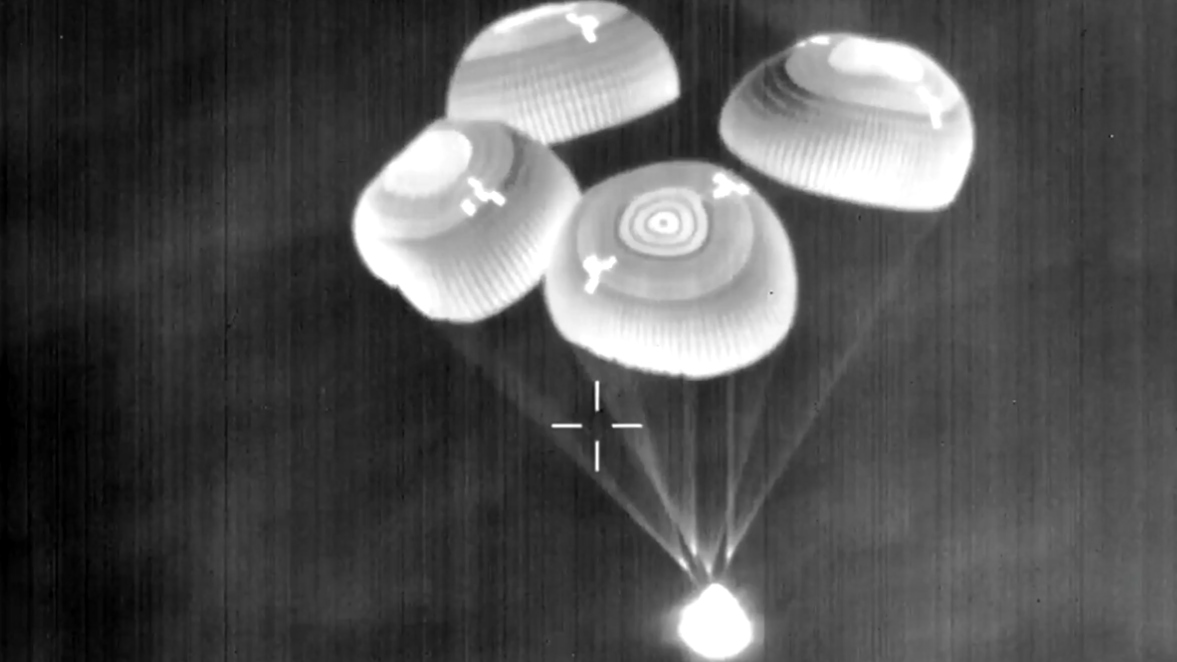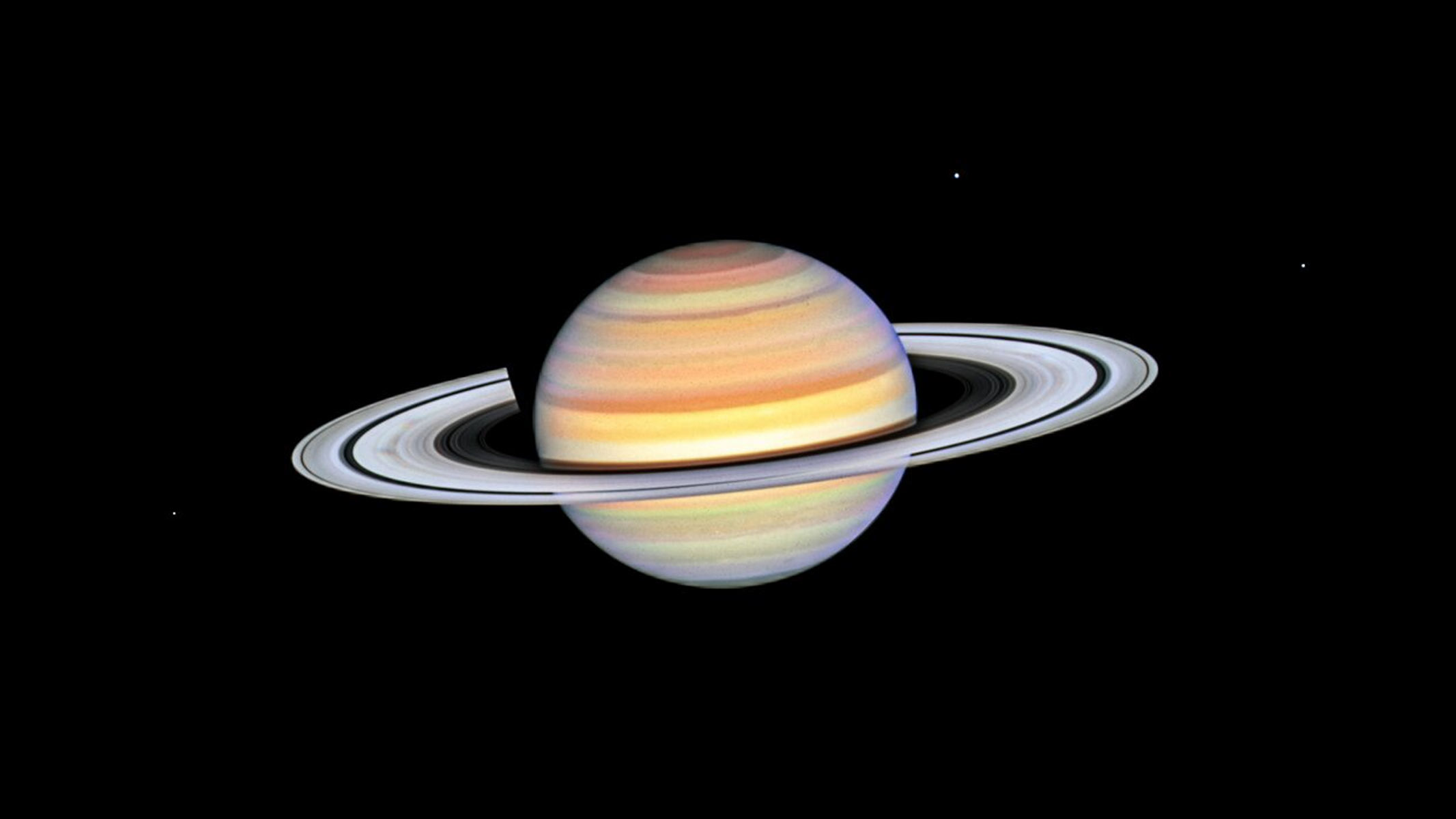Private Ax-4 astronauts splash down aboard SpaceX capsule to conclude ISS mission (video)
The nations of Hungary, India and Poland have officially wrapped their first crewed missions to the International Space Station.
Welcome home! Four astronauts have returned to Earth following more than two weeks living aboard the International Space Station (ISS).
Axiom Space's fourth crewed mission to the ISS, known as Ax-4, concluded early this morning, with the SpaceX Crew Dragon capsule "Grace" splashing down in the Pacific Ocean off the coast of California at 5:32 a.m. EDT (0932 GMT; locally, 2:32 a.m. PDT). Grace undocked from the ISS yesterday (July 14) at 7:15 a.m. EDT (1115 GMT), beginning the 22-hour final leg of the crew's journey in space.
On the mission, Ax-4 commander Peggy Whitson, a former NASA astronaut and currently Axiom's director of human spaceflight, extended her record for cumulative days spent by an American in space to 695. Whitson was joined by a trio of first-time astronauts from three different countries, none of which had ever sent a citizen to the ISS before.
Shubhanshu "Shux" Shukla, who served as Ax-4's pilot, hails from India. He is a pilot in the Indian Air Force and one of four astronauts selected for the Indian Space Research Organisation's (ISRO) first human spaceflight mission, Gaganyaan, expected sometime in 2027.
Ax-4 mission specialist Sławosz "Suave" Uznański-Wiśniewski, from Poland, is a member of the European Space Agency's (ESA's) astronaut reserve program, and Tibor Kapu, a mission specialist from Hungary, is a member of HUNOR, Hungary's orbital astronaut program.
Commander Peggy Whitson
Pilot Shubhanshu "Shux" Shukla
Mission Specialist Sławosz "Suave" Uznański-Wiśniewski
Mission Specialist Tibor Kapu
Ax-4 launched on June 26 from storied Launch Complex-39A at NASA's Kennedy Space Center in Florida. The crew aboard Grace lifted off atop a SpaceX Falcon 9 rocket and docked with the space station a day later. Their mission was expected to last about two weeks but was extended by four days to achieve favorable orbital phasing during their return.
While aboard the ISS, the Ax-4 crew carried out a record number of science investigations and public outreach events. With contributions from a total of 31 different countries, Ax-4 astronauts completed more than 60 experiments and technology demonstrations — more than any previous Axiom mission.
Breaking space news, the latest updates on rocket launches, skywatching events and more!
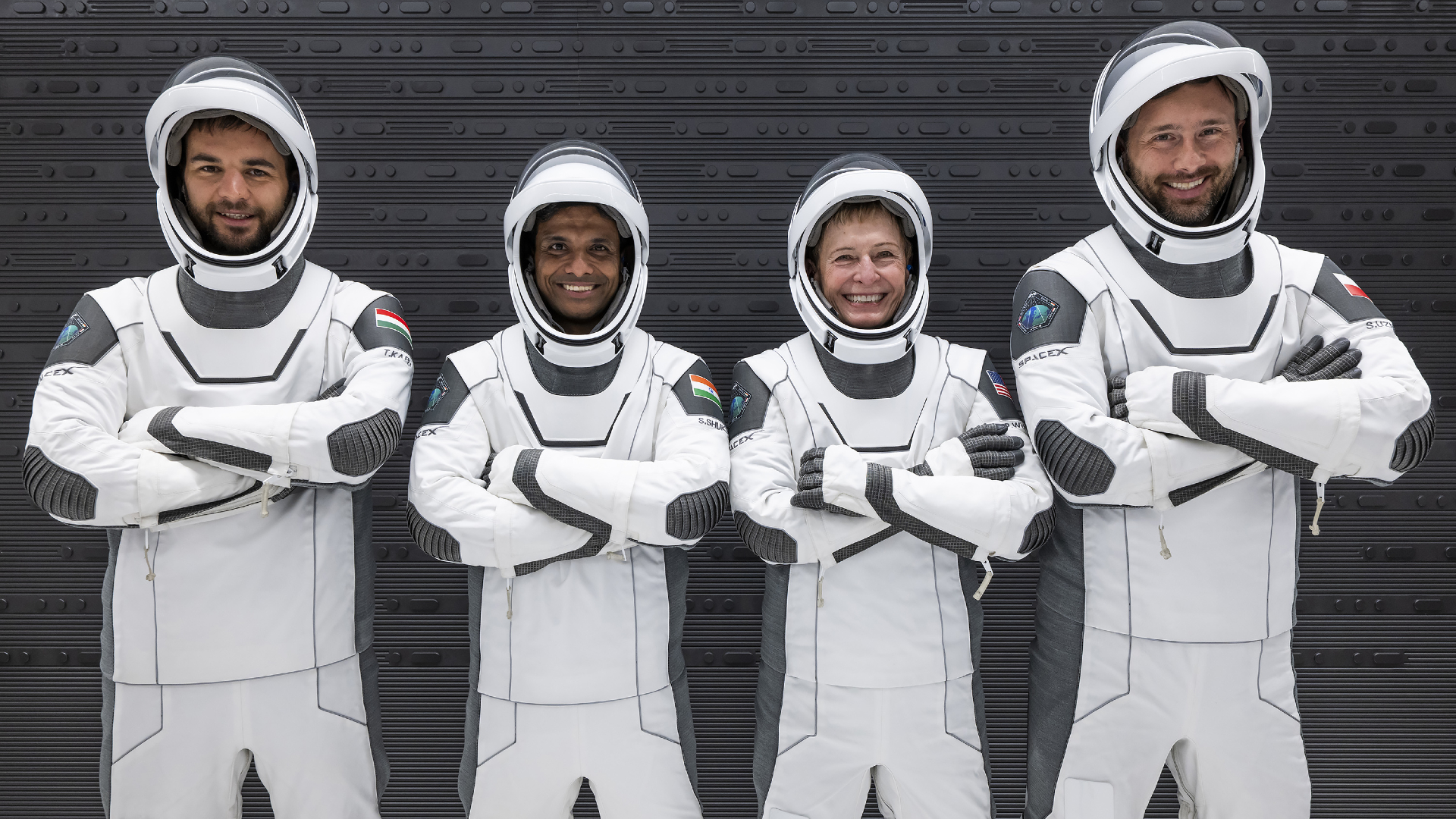
Starship Die Cast Rocket Model Now $47.99 on Amazon.
If you can't see SpaceX's Starship in person, you can score a model of your own. Standing at 13.77 inches (35 cm), this is a 1:375 ratio of SpaceX's Starship as a desktop model. The materials here are alloy steel and it weighs just 225g.
The spacecraft will now execute a series of departure burns to move away from the @Space_Station. Dragon will reenter the Earth's atmosphere and splash down in ~22.5 hours off the coast of California pic.twitter.com/5Wmqr3f63ZJuly 14, 2025
Ax-4's splashdown this morning followed about 22.5 hours on orbit after their departure from the ISS. After nearly a full day flying their return trajectory, the crew's final minutes before splashdown passed relatively quickly.
Grace began its atmospheric descent at approximately 5:18 a.m. EDT (0918 GMT; locally, 2:18 am PT). Having survived the char of the most unforgiving layers of Earth's upper atmosphere, the spacecraft's drogue parachutes deployed to stabilize its plummet. Shortly thereafter, the Dragon's four main chutes unfolded to slow the capsule's descent even further.
The Ax-4 spacecraft splashed down in the Pacific Ocean off the coast of California, where it was met by the SpaceX Dragon recovery vessel "Shannon." Once safely hoisted aboard "Shannon," the Ax-4 crew will disembark Grace to begin acclimating to Earth's gravity once again.
This is only SpaceX's second West Coast crew recovery, after the Crew-9 mission to the ISS came down this past March. SpaceX has shifted permanently Pacific Ocean spacecraft recoveries to avoid possible instances of pieces of Dragon's trunk surviving atmospheric reentry and crashing back to Earth, which were reported during some Atlantic Ocean and Gulf returns.
The empty space station docking port left behind after Ax-4's undocking won't remain so for long. The next astronauts launching to the ISS are slated for liftoff no earlier than July 31. That mission, SpaceX's Crew-11, will launch a crew rotation for NASA that's expected to last between six and eight months.

Josh Dinner is the Staff Writer for Spaceflight at Space.com. He is a writer and photographer with a passion for science and space exploration, and has been working the space beat since 2016. Josh has covered the evolution of NASA's commercial spaceflight partnerships and crewed missions from the Space Coast, as well as NASA science missions and more. He also enjoys building 1:144-scale model rockets and human-flown spacecraft. Find some of Josh's launch photography on Instagram and his website, and follow him on X, where he mostly posts in haiku.
You must confirm your public display name before commenting
Please logout and then login again, you will then be prompted to enter your display name.
